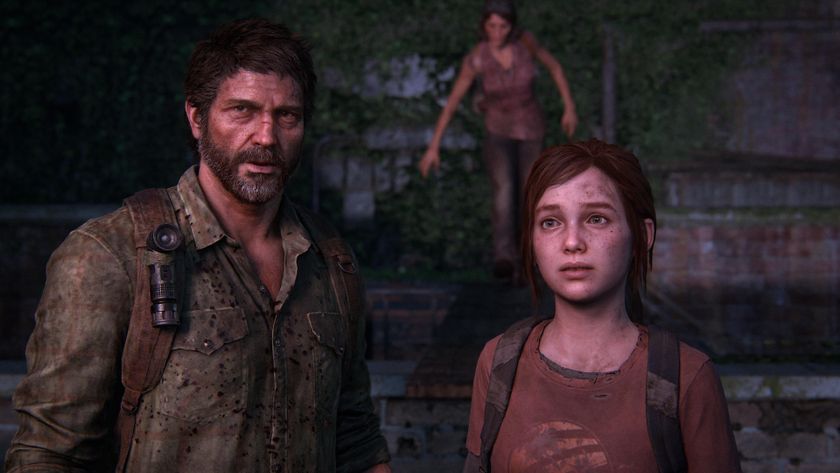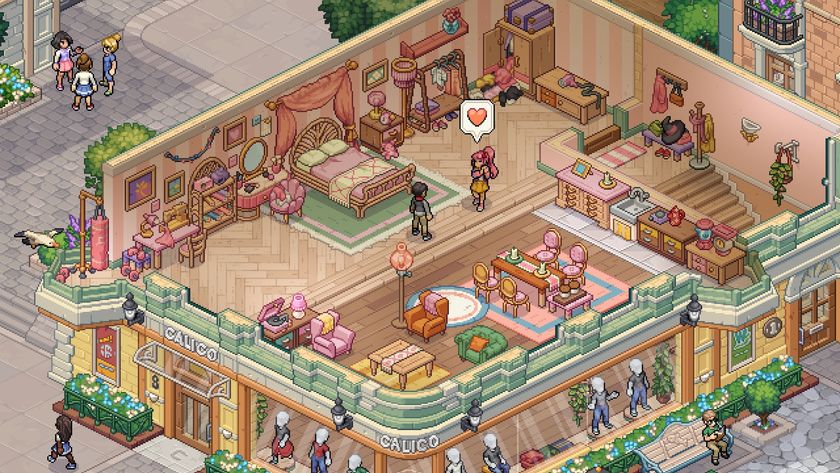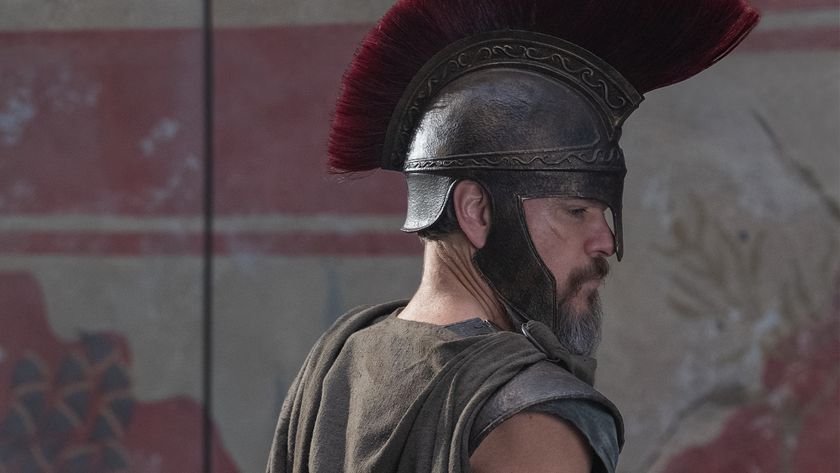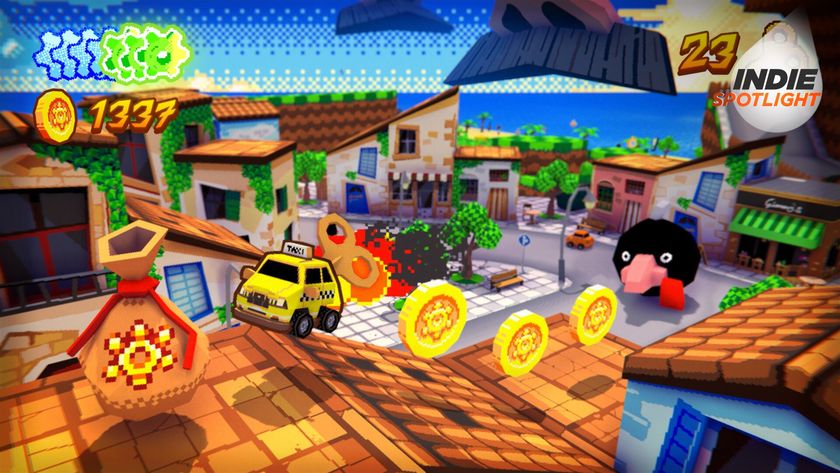10 years later, Dying Light's night time psychological warfare is still one of the strongest hooks in horror gaming history
Now Playing | Looking back on Techland's survival horror masterpiece and how night time changes everything

A digital watch has never been more threatening than in 2015's Dying Light. Picture it: you're crouched on a rooftop after losing track of time, and the staccato alarm emanating from Kyle Crane's wrist feels like a chastisement. Pained howls pierce the darkened sky. Nightfall is here. You are out of options, out of time, and out of daylight. The fear is paralysing – and that's the whole point.
Dying Light's harnessing of player psychology is part of what cements it as one of the best horror games of all time. Like Pavlov's dog, upon hearing those sharp digital beeps, the player is obediently trained to break out in a cold, dreadful sweat. The watch is a harbinger of doom, alerting us to the fact that you do not want to be caught out on the streets of Harran at night. Immediately, it's fight or flight: do I stay put and finish my mission, or run for the nearest pool of UV light? It's still an underused feature in horror games in 2025, but looking back a decade later, Dying Light's day and night cycle truly is the crux of what makes it the stuff of nightmares.
Don't look behind you
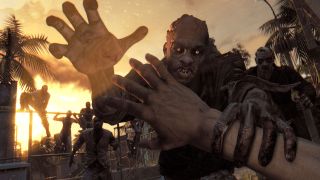
"Night is coming." The on-screen text marks the terrifying home stretch at the tail end of Air Drop, the first Dying Light story mission that brings us face to face with a Volatile. Tower resident and ally Judy's voice crackles over the radio receiver, and her words are anything but encouraging. "The nightmares are walking. Don't let them see you." What comes next is one of the most stomach-churning chase sequences I've ever experienced, firmly in line with anything you'd expect from one of the best survival horror games, as a low level Crane has no choice but to run for his life from the most dangerous undead in the game. You cannot kill them; all you can do is go.
It's true that danger is shambling around every corner in Dying Light, no matter the time of day. But while some of the other best zombie games are set in a state of perma-darkness (like Resident Evil 2 Remake) or feature scripted time shifts (like The Last of Us), Techland uses time differently. It's a dynamic tool, intended to psych the player out by creating a palpable sense of imminent danger, higher stakes, and ramped up difficulty. There is so much buildup around the terrors of the moonlit hours that, save for one or two missions, interacting with them at all is almost completely at your discretion. So why would anyone risk it?
Because there are actual benefits to risk-taking. There's no illusion of danger in Dying Light – the Volatiles are stronger, faster, more relentless than regular zombies, and you are more likely to run into a world of hells when you venture into their dens. But by having only one or two main mission segments where exploring after nightfall is unavoidable, thereby relegating the majority of night time quests to optional side content, the inference is that it's your call to avoid it.
Nerves of paper
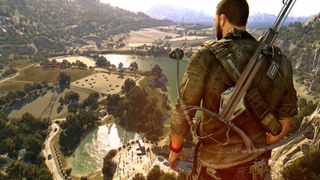
...nothing quite compares to the simple yet omnipresent fear of Kyle Crane stepping out into the gloaming...
The optionality of interacting with Dying Light's strongest horror moments is cyclical. That was certainly the case for me when I replayed Dying Light recently; I avoided going out at night at all costs, which in turn made the night scarier and scarier.
Darkness was a constant source of anxiety, prompting me to weigh up whether I'd have enough time for one more mission before the telltale watch alarm would spell out my fate. Ultimately, this turned me into just another resident of Harran; I was playing it super safe. It just goes to show how easy it is to get swept up in Dying Light's narrative and lore, with the time cycles feeding into the semblance of Harran as an ever evolving, ever shifting entity with deadly peaks and troughs. On one hand, it makes us feel more powerful when the sun comes out. On the other, we constantly fear the dying light above us.
Sign up to the 12DOVE Newsletter
Weekly digests, tales from the communities you love, and more
The utility of day and night cycles in horror games – and the psychological warfare that can be waged against the player's sense of self-preservation through implementing them correctly – is a surprisingly rare find, even now. Only 2007's Stalker: Shadow of Chornobyl comes to mind immediately, with The Forest and Darkwood no doubt taking inspiration from both it and Dying Light later in 2017. Sure enough, Dying Light 2 doubled down on the potentiality for night time dangers by implementing an immunity meter, with Aiden's exposure to darkness increasing the likelihood of his transformation into a Volatile himself. Still, nothing quite compares to the simple yet omnipresent fear of Kyle Crane stepping out into the gloaming, knowing full well he's not fully capable of fighting back.
With Dying Light: The Beast potentially just months away from launch, replaying the first game feels all the more exciting in 2025. Dying Light marked a pivot in zombie fiction as we once knew it, and with such strong material under its belt ready to be pushed to new extremes, I've no doubt that Techland is set to impress us once again with Crane's long-awaited last hurrah.
Check out all the upcoming horror games set to scare you in 2025.

Jasmine is a staff writer at 12DOVE. Raised in Hong Kong and having graduated with an English Literature degree from Queen Mary, University of London in 2017, her passion for entertainment writing has taken her from reviewing underground concerts to blogging about the intersection between horror movies and browser games. Having made the career jump from TV broadcast operations to video games journalism during the pandemic, she cut her teeth as a freelance writer with TheGamer, Gamezo, and Tech Radar Gaming before accepting a full-time role here at GamesRadar. Whether Jasmine is researching the latest in gaming litigation for a news piece, writing how-to guides for The Sims 4, or extolling the necessity of a Resident Evil: CODE Veronica remake, you'll probably find her listening to metalcore at the same time.



